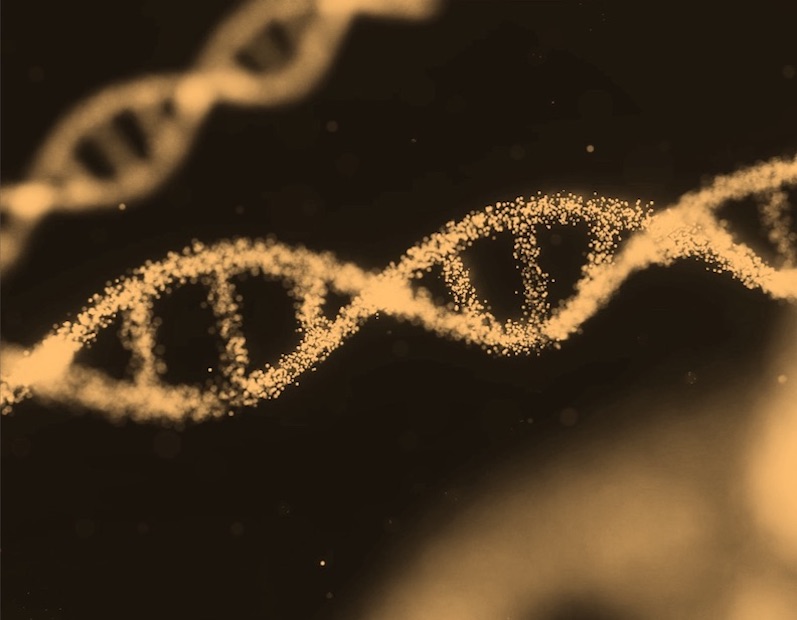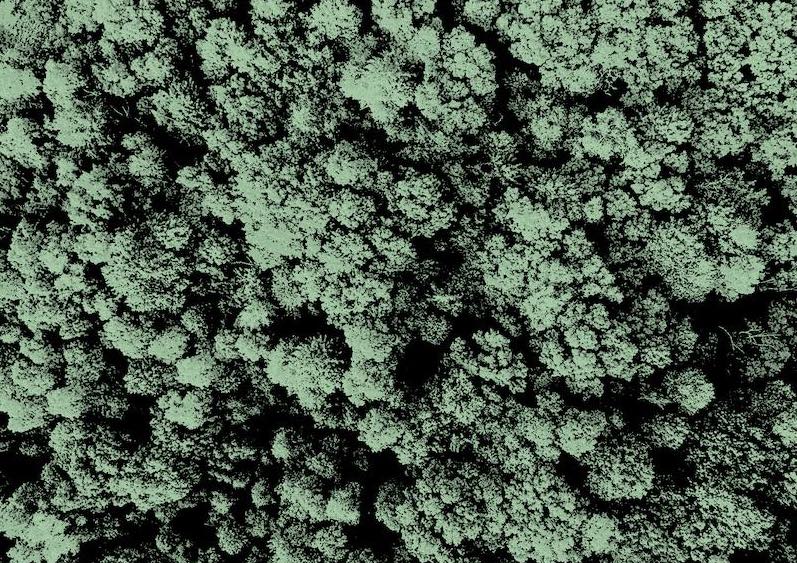What is it about?
Quantum clustering (QC), is a data clustering algorithm based on quantum mechanics which is accomplished by substituting each point in a given dataset with a Gaussian. The width of the Gaussian is a σ value, a hyper-parameter which can be manually defined and manipulated to suit the application. Numerical methods are used to find all the minima of the quantum potential as they correspond to cluster centers. Herein, we investigate the mathematical task of expressing and finding all the roots of the exponential polynomial corresponding to the minima of a two-dimensional quantum potential. This is an outstanding task because normally such expressions are impossible to solve analytically. However, we prove that if the points are all included in a square region of size σ, there is only one minimum. This bound is not only useful in the number of solutions to look for, by numerical means, it allows to propose a new numerical approach "per block". This technique decreases the number of particles by approximating some groups of particles to weighted particles. These findings are not only useful to the quantum clustering problem but also for the exponential polynomials encountered in quantum chemistry, Solid-state Physics and other applications.
Featured Image

Photo by Google DeepMind on Unsplash
Why is it important?
Quantum Clustering was found to useful but we needed an efficient algorithm for finding ALL the minima of the Quantum potential. No small feat since we are talking about polynomial-exponential systems. No exact solution here. However, we found something that could be exploited: for a 2D problem, the square of length σ by σ (where σ is the variance used for the Gaussian functions on the quantum potential), there is at most one extrema.
Perspectives
The findings help us find the quantum clusters under program control and it has many applications.
Dr Tony Cyril Scott
RWTH-Aachen University
Read the Original
This page is a summary of: A Comprehensive Analysis of Quantum Clustering : Finding All the Potential Minima, International Journal of Data Mining & Knowledge Management Process, January 2021, Academy and Industry Research Collaboration Center (AIRCC),
DOI: 10.5121/ijdkp.2021.11103.
You can read the full text:
Contributors
The following have contributed to this page







